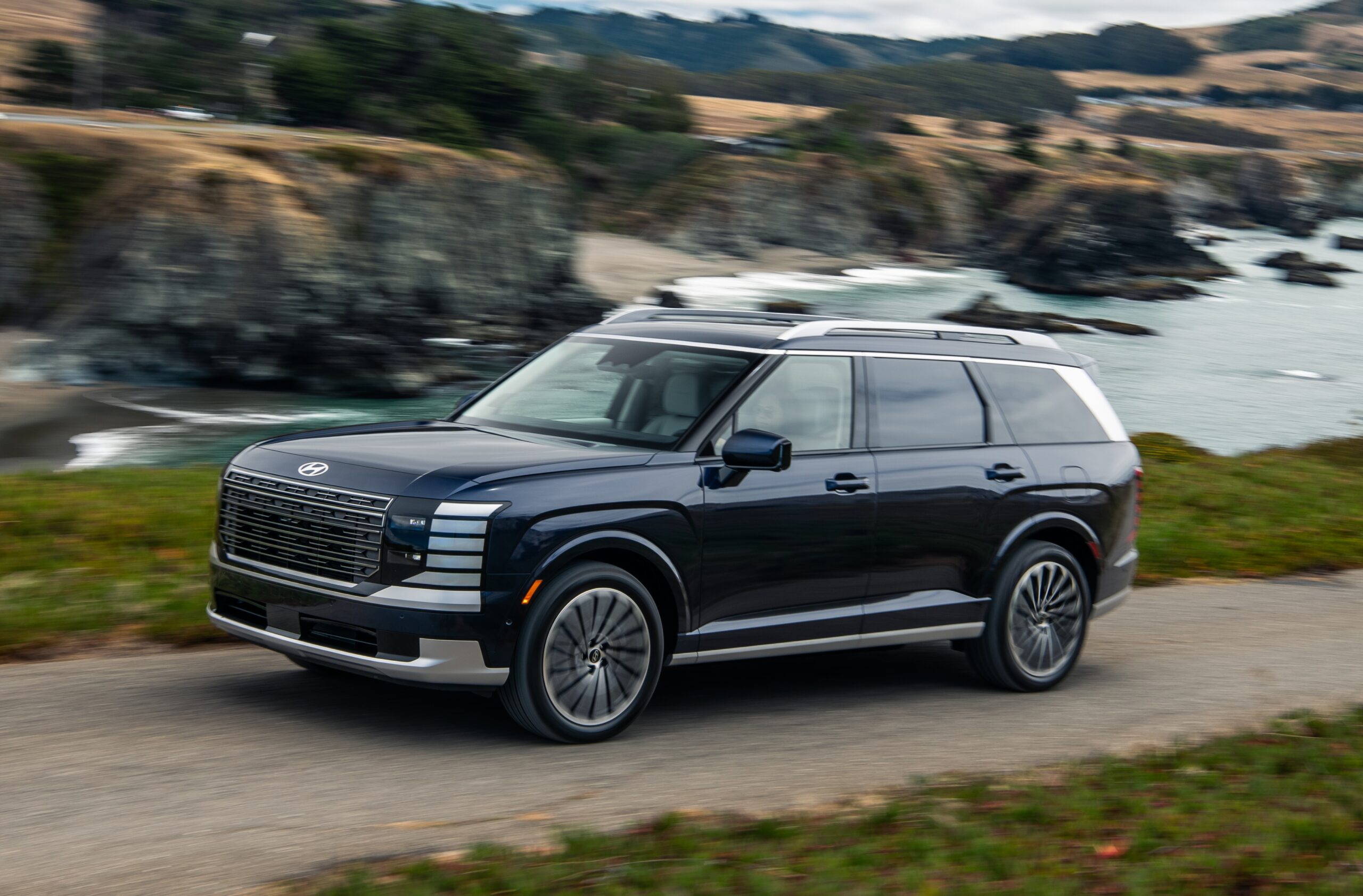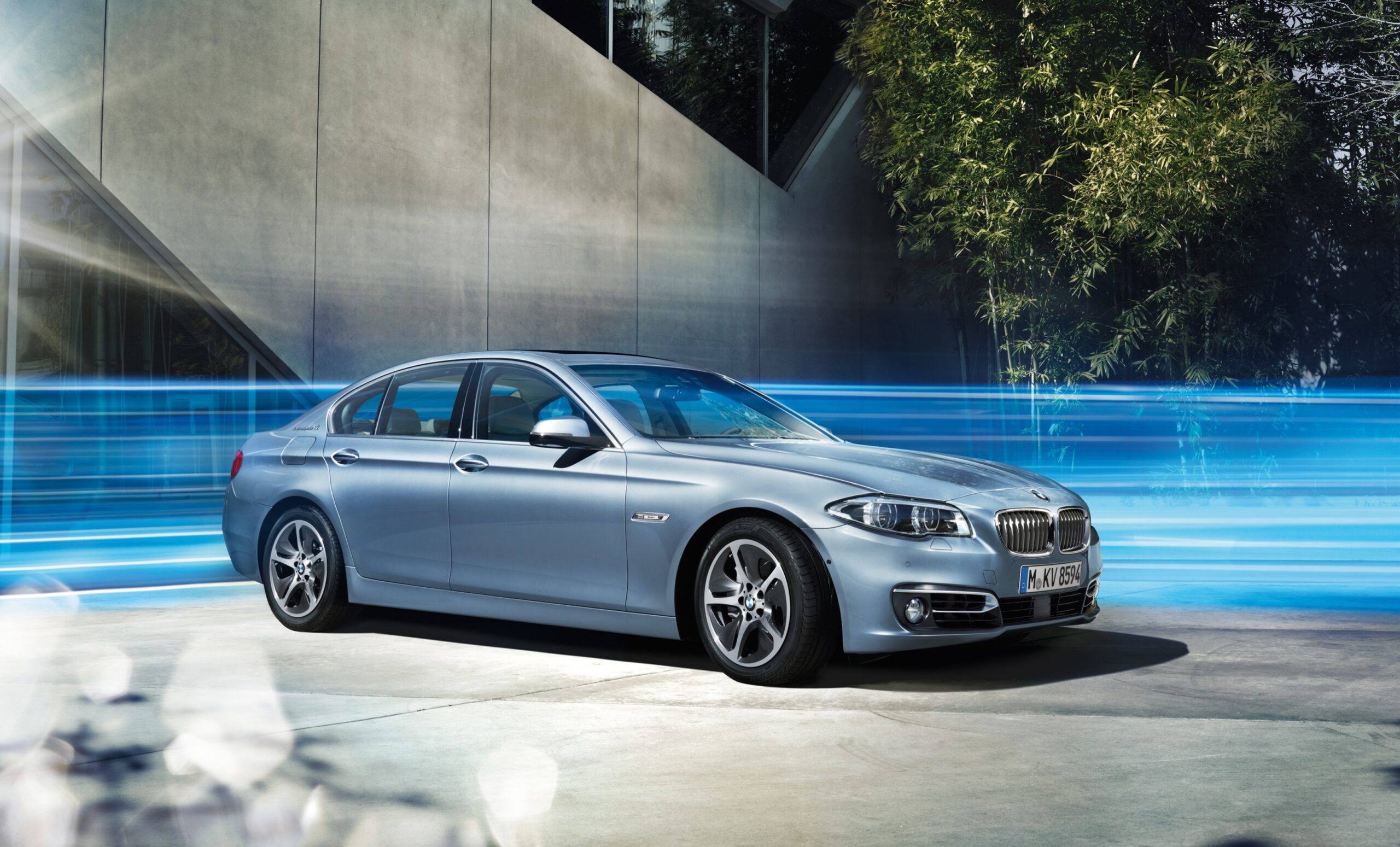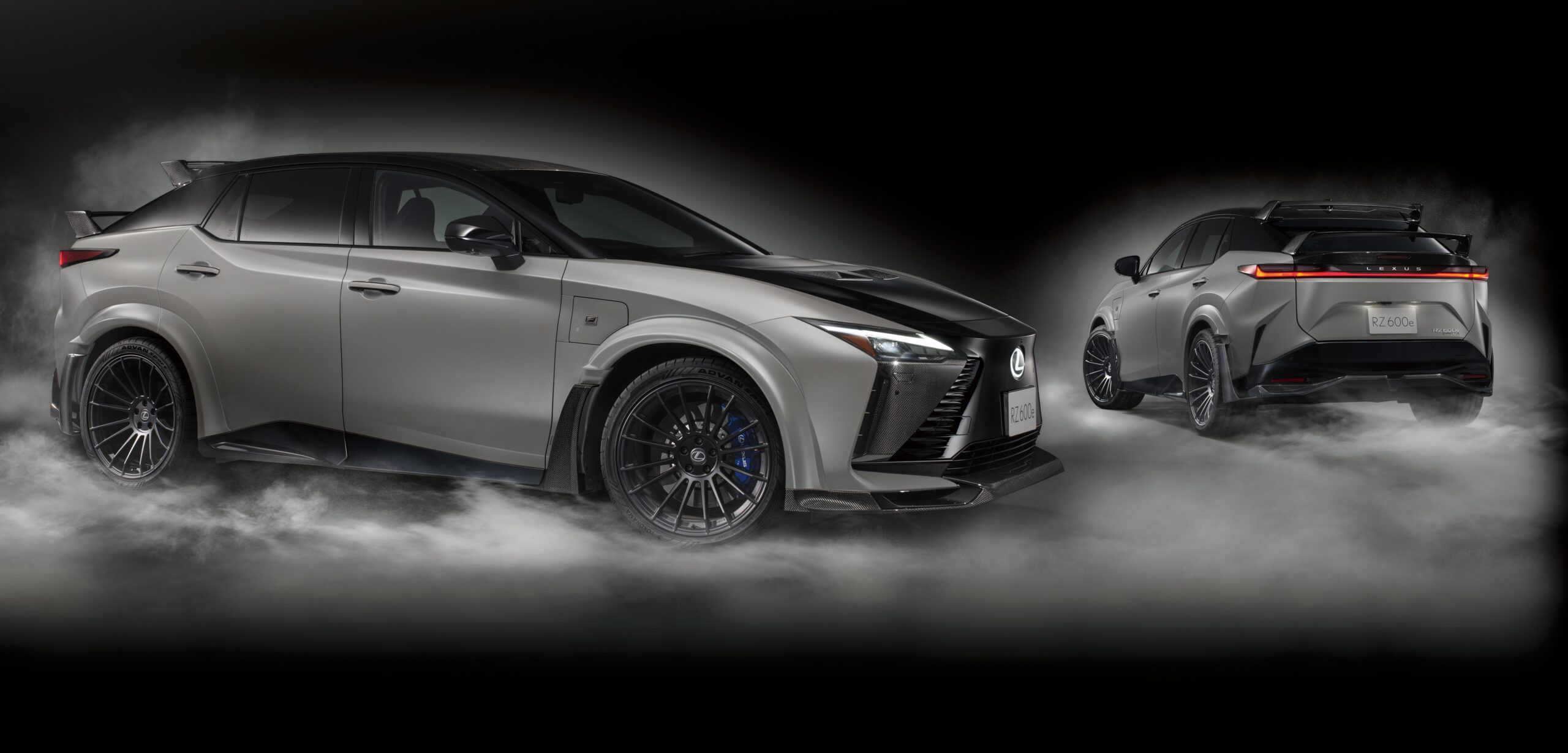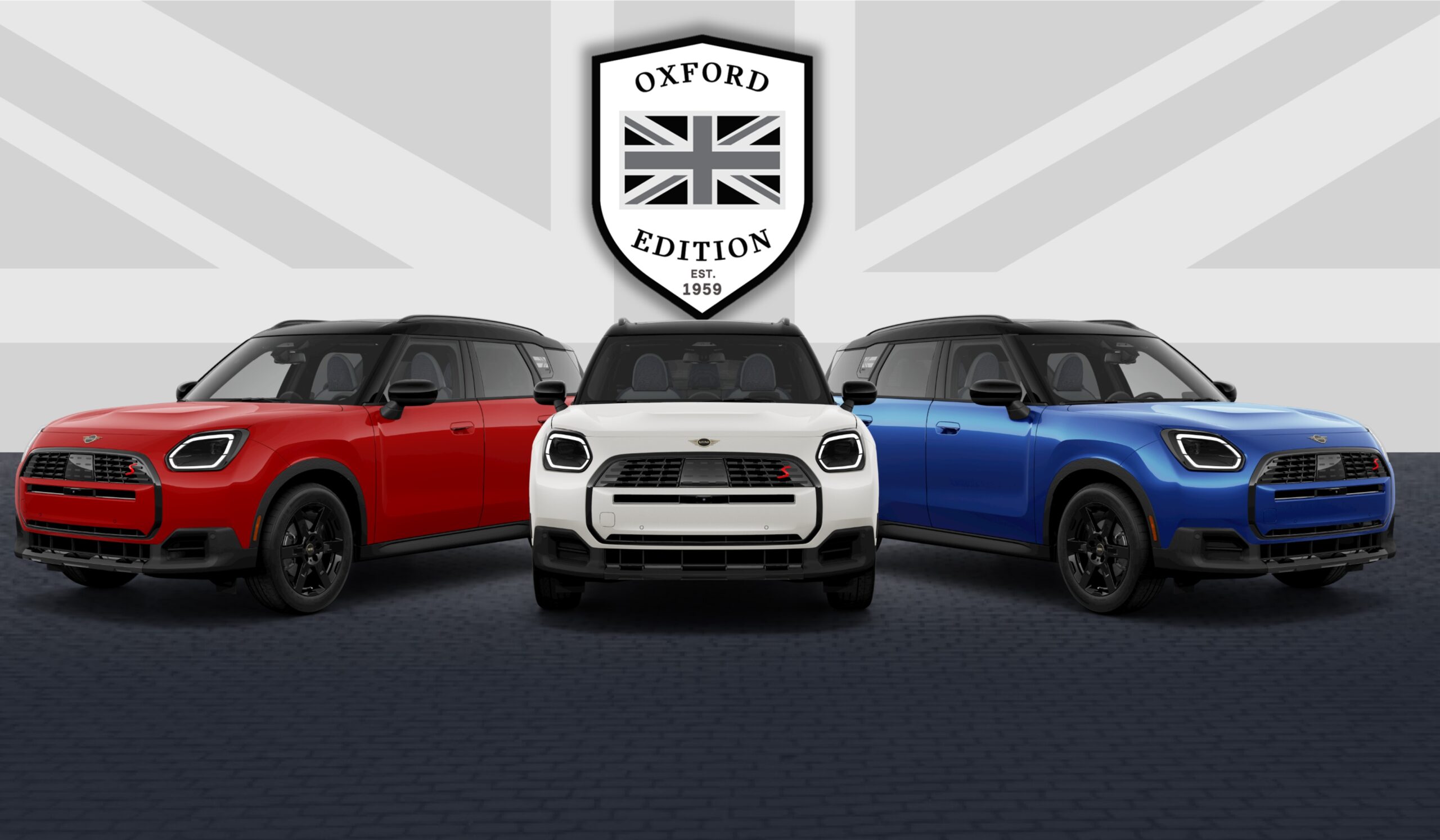(NOTE: This story was penned by John Faulkner, Senior Writer and Road Test Editor at Clean Fleet Report.)
Hyundai has raised the bar for mid-size three-row SUVs with the 2026 Palisade. The Palisade has an all-new look for what has been one of the most popular SUVs on the market.
The 2026 Hyundai Palisade is confidently challenging the luxury brands as the fully equipped Calligraphy, at $55,555, is the value proposition for premium mid-size SUVs.
One Engine and Transmission, Front or All-Wheel Drive
The naturally aspirated 3.5-liter V6 in the 2026 Hyundai Palisade puts out 287 horsepower and 260 pound-feet of torque. The engine is mated to an 8-speed automatic, with paddle shifters and three driver-selectable drive modes on the front wheel drive (FWD) trim and six for the all-wheel drive (AWD.) Front-wheel drive is standard, with the Hyundai HTRAC on-demand all-wheel drive system a $2,000 premium. There are seven Palisade trim levels of SE, SEL, SEL Premium, SEL Convenience, XRT Pro, Limited, and Calligraphy that get this engine and transmission combination.

2026 Hyundai Palisade: On Road Driving
The measurement of a vehicle’s handling and ride is how it deals with bumps, swales, and rises in the road. Hyundai engineers have designed the suspension so that when going through an up-and-down section of a road, the Palisade lifts and drops, but only does so one time. The significance of this quick and smooth rebound is that the driver retains maximum control of the steering and brakes sooner as all four tires are firmly on the ground. The overall ride is controlled and composed with little to no body roll.
To get the most street performance and efficiency, there are drive modes of ECO, Sport, and My Drive. ECO is for squeezing out every last drop of fuel, but when needing more oomph, opt for Sport, where the transmission is held a bit longer in each rev band. To help with climbing a hill or during hard acceleration, pull back on the left side steering wheel-mounted paddle to manually shift into a lower gear that stays there until pulling on the right side paddle to go back up through the gears.
Acceleration was smooth and quiet as the non-turbocharged V6 went through the 8-speed transmission with little notice of gear changes.
Stops were solid with a power-assisted braking system consisting of vented front and solid rear discs as part of the anti-lock brake system. The Palisade Calligraphy trim (as do the Limited and XRT) comes with a Trailering Package that includes 7-pin pre-wiring, a transmission oil cooler, trailer hitch, trailer brake controller, sway control, and a tow rating of 5,000 pounds. If equipped without the trailer brakes the towing maximum is 1,650 pounds.



Off-Road To Get Dirty
We had the opportunity to get off pavement and onto an off-road course where the specially designed Palisade XRT Pro was put through its paces. The XRT Pro handled steep ascents and descents on sandy, loose soil with ease, as well as slow attacks of deep ruts and a jagged rock field. The XRT Pro is designed for mild off-road adventures, but certainly not rock climbing.
The Palisade XRT Pro came from Hyundai’s Irvine Design studio, where the team had three design themes of “protection, connection, and functionality,” which are the keys to it also delivering “capability and appearance.” To achieve these goals, the XRT Pro has been beefed up with these off-roading features.
HTRAC all-wheel drive – standard
Drive modes of Mud, Sand and Snow
Continental CrossContact GT 19-inch 255/60 all-terrain tires
8.4-inches of ground clearance vs. 7.4-inches standard on other Palisade trims
Electronic Rear Limited Slip Differential
Downhill Assist
Higher approach and departure angles
Front and rear red fully functional recovery hooks
Real-time pitch & roll, compass, and a surround and ground view monitor displays
Some of the design cues that identify the XRT Pro are “XRT Pro rear badging, dark exterior accents on the grille, window surround and cladding, 115-volt power outlet, and the dark-finish alloy 18-inch wheels.







Exterior: No Hard Edges
Hyundai’s flagship model included new design elements for the grille, front and rear fascias, exterior door finishes, and wheels. The wide cascading grille shouts premium with a unique lighting signature of LED headlamps and daytime running lights. The long hood and the nearly flat roof, with chrome rack rails and an integrated spoiler to offer shading over the rear, hands-free power lift gate, sit between very short front and rear overhangs.
Available in nine exterior colors, the rear features the letters P-A-L-I-S-A-D-E spread out between the vertical rectangular LED tail lights. Chrome is used sparingly at a tasteful minimum.
Interior: Families Live Here
Even the base trim Palisade SE has the look and feel of a far more pricy SUV. Go up to the top Calligraphy trim, like we drove, and the experience is far more than is to be expected in either a seven or eight-seat family hauler.
The overall trim quality is very high in the Palisade Calligraphy. Hyundai says the Palisade has “premium designed space…that is opulent with grandness,” with the seats being inspired by premium furniture. The seats, based on the trim level, can be covered in cloth, H-Tex (Leatherette), or Nappa leather, have power adjustments including lumbar, are heated, ventilated, have memory, and even a relaxation mode. The suede headliner in the Calligraphy added a touch of class and elegance.
The interior has an abundance of premium soft-touch materials. The leatherette wrapped dash complements the perforated, heated, and ventilated leather front seats. The driver and passenger get 8-way power adjustments, including lumbar, leg cushion extensions, and memory. There is ambient lighting on the door trim and center console, and the power sunroof opens the world to the first and second rows.
The Palisade can seat up to eight if ordered with the second row bench seat. We drove the 2026 Palisade Calligraphy with the second row Captain’s Chairs, making it a seven-passenger cabin, which were heated and ventilated, something only found on more luxury vehicles. The second row passengers have manual side window shades, USB-C power ports, cup holders, and excellent head and leg room.
The second row seats recline and also have a one-touch slide forward operation, which provides access to a third row that can easily accommodate two full-sized adults, three in a pinch. The rear-most seat has USB-C ports, ceiling-mounted air vents, cup holders, and a fixed glass roof.
Cargo space allows for some serious hauling. There are 19.1 cubic feet behind the third row seats, 46.3 behind the second row seats, and 86.7 with all the seats laid flat. The far rear cargo area has a security storage area in the floor.
Thanks to sound-deadening material placed between the cabin and engine, acoustic glass on the windshield and side windows, and the optional carpeted floor mats, the cabin in the 2026 Palisade is an impressively quiet environment.

2026 Hyundai Palisade: Technology
That quiet is a good thing when listening to the Bose sound audio system that is standard on the XRT Pro, Limited, and Calligraphy. The 12.3-inch color touchscreen is driver-friendly with knobs for the channel and volume functions. Sounds came from AM/FM HD and SiriusXM satellite radio, wireless Apple CarPlay, and wireless Android Auto. The listening suite was completed with Bluetooth streaming audio and USB-C data and charge ports. The voice recognition for hands-free telephone dialing worked perfectly.
The 12-inch color Head-up Display includes vital information, such as speed, speed limit signs, radio channel, and turn-by-turn navigation, which is projected onto the windshield.
The 2026 Palisade Calligraphy trim level includes premium and convenience features such as rain-sensing windshield wipers, a 12.3-inch digital instrument cluster with a speedometer and tachometer that are easy to read with white lettering on a black background. The heated, leather-wrapped steering wheel has audio, telephone, and cruise controls.
The Palisade is equipped with an integrated dash cam that records front and rear when driving or parked. Footage is stored on an onboard SD card with a 512GB capacity.
Safety and Convenience
The 2026 Palisade comes with 10 airbags (front, seat-mounted, driver knee, and full side curtain) with an advanced driver assist system, or ADAS. Safety features included forward collision warning and avoidance, lane departure and driver attention warning, lane keep assist, blind spot collision avoidance, rear view camera with surround vision, rear cross traffic collision and parking distance warning, and pedestrian forward collision avoidance.


2026 Hyundai Palisade: Pricing and Warranties
The 2026 Palisade comes in seven trim levels, each in front- or all-wheel drive. Note: AWD comes standard on the XRT Pro. These are the base prices before options, but including the $1,495 freight charge.
SE $40,430
SEL $42,935
SEL Convenience $44,365
SEL Premium $46,285
XRT Pro $50,865
Limited $50,765
Calligraphy $55,555
The 2026 Palisade comes with these warranties.
Powertrain: 10 years/100,000 miles
New Vehicle: 5 years/60,000 miles
Roadside Assistance: 5 years/Unlimited miles
Anti-Perforation: 7 years/Unlimited miles
Observations: 2026 Hyundai Palisade
It becomes clear quickly that the 2026 Hyundai Palisade may be the premier seven or eight-seat midsize SUV. The Palisade is an excellent three-row SUV. Interior roominess, ride comfort, premium build and materials, a long list of convenience features, an easy-to-use infotainment system, and, of course, the comprehensive warranty, are only some of the reasons Hyundai is confident holding the Palisade up against the competition.
But there is some big news on the horizon – Hyundai has announced that a Palisade Hybrid will be introduced later in 2025.
Make sure to visit Stefan On Cars to stay up on news stories and vehicle reviews.
Story by John Faulkner. Photos by John Faulkner and Hyundai.
This story first appeared on Clean Fleet Report.









One thought on “2026 Hyundai Palisade First Drive: Is This the Leading Premier Midsize SUV?”
Comments are closed.